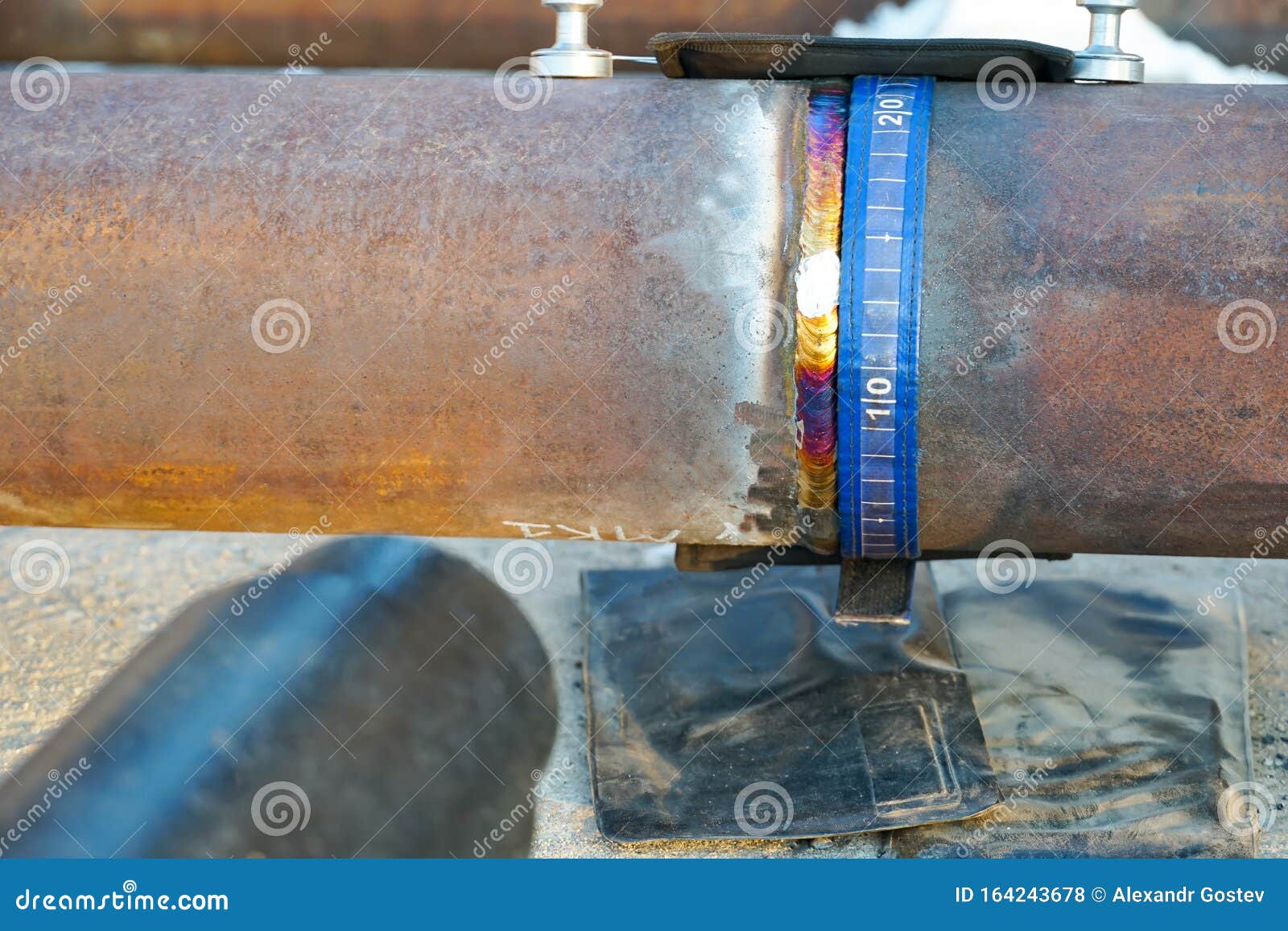Comprehensive Summary of Pipeline Welding Inspection Procedures
Pipeline welding evaluation treatments play a critical function in ensuring that bonded connections meet rigorous sector requirements and requirements. From precise pre-welding inspections to extensive post-weld assessments, a distinct evaluation procedure is necessary for maintaining the architectural strength of pipelines.
Pre-welding Examination Preparations
Before beginning the welding process, thorough pre-welding examination preparations are necessary to guarantee the stability and high quality of the weld joint. These prep work entail a thorough examination of the products to be bonded, the welding equipment, and the job environment. By conducting thorough pre-welding assessment preparations, prospective concerns can be recognized and settled early on, leading to dependable and high-grade weld joints.
Welding Procedure Certification
Extensive pre-welding inspection prep work lay the foundation for the important procedure of Welding Procedure Certification, making sure the integrity and high quality of the weld joint. Welding Procedure Qualification (WPQ) is an important action in the welding process that entails testing and accrediting welding treatments to guarantee they fulfill certain standards and needs. The WPQ procedure usually includes welding treatment requirements advancement, welding procedure certification testing, and paperwork of the outcomes.
During welding treatment spec growth, important information such as the welding procedure, welding products, joint style, and welding specifications are defined to produce a comprehensive treatment. Subsequently, welding treatment certification testing is carried out to confirm the suggested treatment's stability. This screening frequently entails welding examination discount coupons that go through various mechanical and non-destructive examinations to examine the weld's top quality and adherence to the specified standards.
In-process Weld Examination
During the welding procedure, in-process weld inspection plays an important role in making sure the top quality and integrity of the weld joint - Pipeline Welding Inspection. This sort of examination includes monitoring the welding criteria, analyzing the weld grain development, and finding any kind of potential issues or gaps as they occur. By carrying out in-process weld inspections, welding drivers can without delay address any kind of problems that may emerge, therefore protecting against further problems and making certain that the last weld satisfies the needed specs
Typical techniques utilized for in-process weld examination include visual evaluation, fluid penetrant screening, magnetic bit testing, ultrasonic testing, and radiographic testing. In general, in-process weld evaluation is crucial for preserving the quality and dependability of bonded pipelines.
Non-destructive Testing (NDT)
Non-destructive Screening (NDT) you can try these out is a vital approach used in pipe welding evaluation to evaluate the stability of weld joints without triggering damage to the bonded structure. By utilizing different NDT methods, examiners can assess the top quality of welds and identify any kind of defects or stoppages that may jeopardize the architectural soundness of the pipe. Usual NDT methods utilized in pipe welding evaluation consist of Radiographic Testing (RT), Ultrasonic Screening (UT), Magnetic Particle Examining (MPT), Fluid Penetrant Screening (LPT), and Visual Screening (VT)
RT entails making use of X-rays or gamma rays to generate pictures of the interior framework of the weld, enabling assessors to discover defects such as porosity, fractures, or insufficient combination. UT uses high-frequency audio waves to spot imperfections below the surface of the weld, supplying in-depth information about the dimension and place of defects. MPT and LPT are made use of to determine surface-breaking problems by applying penetrant liquids or magnetic bits to the weld area. Furthermore, VT involves aesthetic assessment of great post to read welds to recognize any type of noticeable flaws.
Post-weld Inspection and Documentation

Documents of post-weld examination findings is vital for preserving quality assurance documents and making sure conformity with industry standards and guidelines. In-depth records ought to include information regarding the assessment methods used, the location and nature of any flaws found, and any kind of corrective activities taken - Pipeline Welding Inspection. Proper paperwork not only works as a document of the weld's high quality however additionally aids in future maintenance and evaluation processes
Conclusion

To conclude, pipeline welding evaluation treatments play a vital role in making sure the top quality and stability of welds. From pre-welding evaluations to post-weld paperwork, each Learn More Here action is essential in keeping the safety and security and efficiency of pipelines. By complying with established procedures and conducting complete examinations, possible flaws can be identified and dealt with before they cause expensive repairs or failings. Overall, adherence to proper inspection procedures is key to the success of pipeline welding projects.
From careful pre-welding assessments to thorough post-weld assessments, a distinct examination procedure is essential for preserving the structural stability of pipelines. By performing in-process weld assessments, welding operators can without delay address any kind of problems that may emerge, thereby stopping further flaws and making sure that the last weld meets the called for specifications.
Usual approaches made use of for in-process weld assessment consist of aesthetic assessment, liquid penetrant screening, magnetic bit screening, ultrasonic testing, and radiographic screening.Non-destructive Screening (NDT) is a crucial technique used in pipe welding examination to assess the integrity of weld joints without causing damages to the bonded framework. Post-weld assessment includes different techniques to examine the welds for flaws, including visual assessment, dye penetrant screening, magnetic bit testing, ultrasonic screening, and radiographic screening.